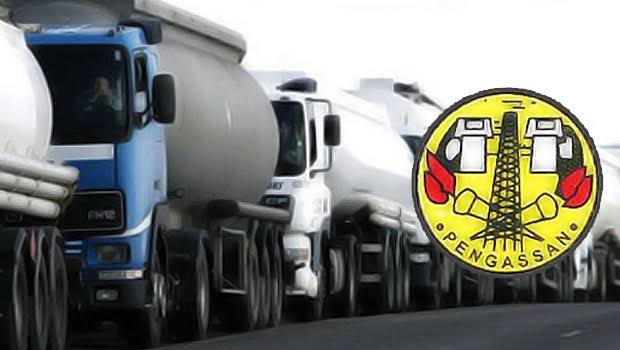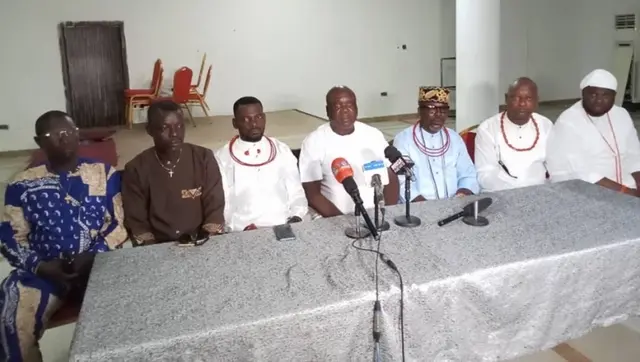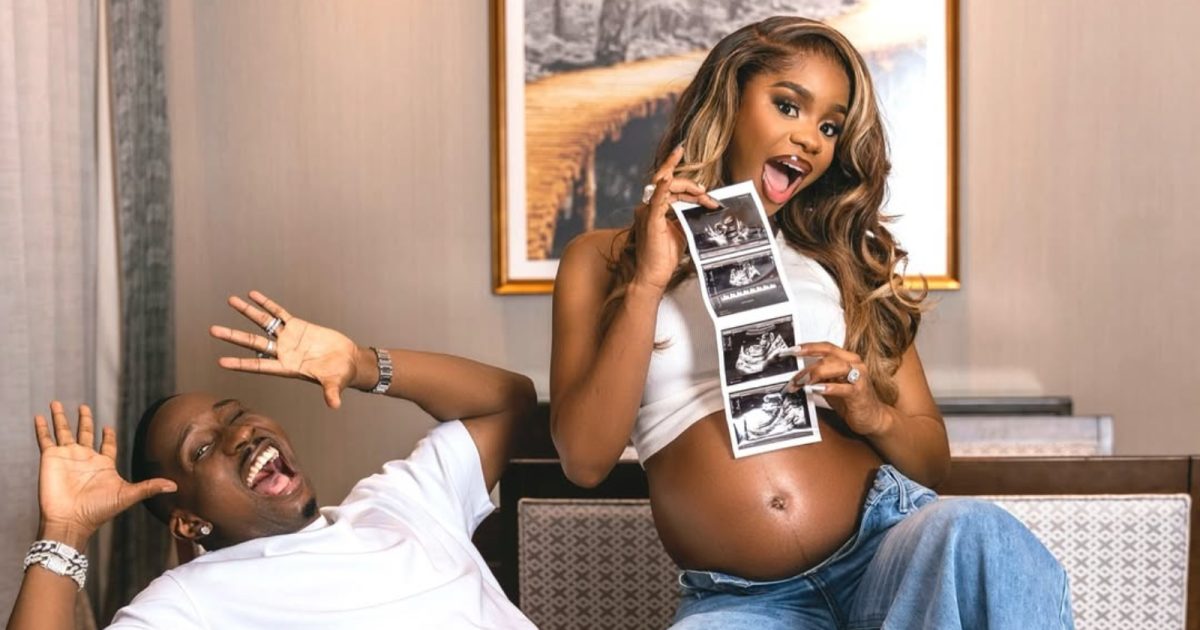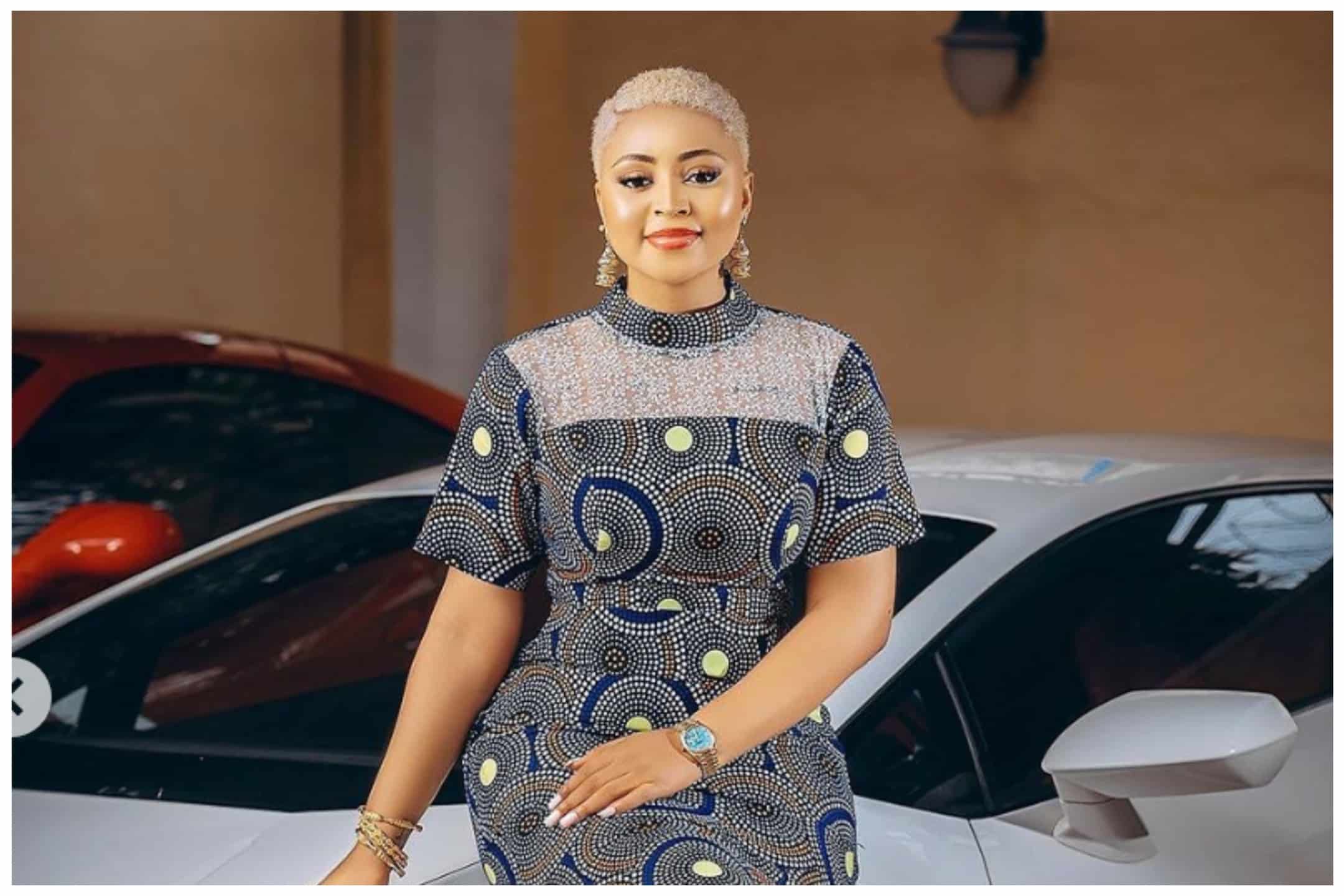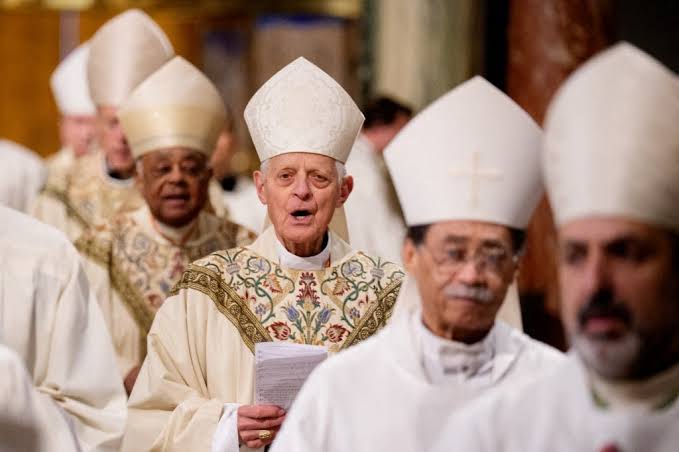
Cardinals from across five continents gathered at St. Peter’s Basilica in the Vatican on Wednesday for a final mass before entering seclusion to elect a new pope for the world’s 1.4 billion Catholics.
A total of 133 cardinal electors will participate in the conclave — the confidential voting process to choose a successor to Pope Francis, who passed away last month after a 12-year papacy.
With no clear favorite among the candidates — who span the Church’s progressive and conservative wings — the race to lead the 2,000-year-old institution remains wide open.
The next pope will inherit a Church grappling with global geopolitical instability, internal divisions, the enduring impact of clerical abuse scandals, and dwindling congregations in the West.
Wednesday’s pre-conclave mass began at 10:00 am (0800 GMT), led by Cardinal Giovanni Battista Re, Dean of the College of Cardinals. This marked the final public ceremony before the Church presents its 267th pope from the balcony of St. Peter’s Basilica, likely in the coming days.
While the last two popes — Francis and Benedict XVI — were chosen within two days, the longest papal election lasted 1,006 days, from 1268 to 1271.
This conclave is the largest in history, with clerics from nearly 70 nations. To be elected, a candidate must receive at least 89 votes — a two-thirds majority.
Only cardinals under the age of 80 are eligible to vote. They are housed in the Vatican’s Santa Marta guesthouse — once home to Pope Francis — and the adjacent Santa Marta Vecchia.
They will enter the Sistine Chapel — a 15th-century masterpiece — to begin the conclave, described by the Vatican as “one of the most secret and mysterious events in the world.”


